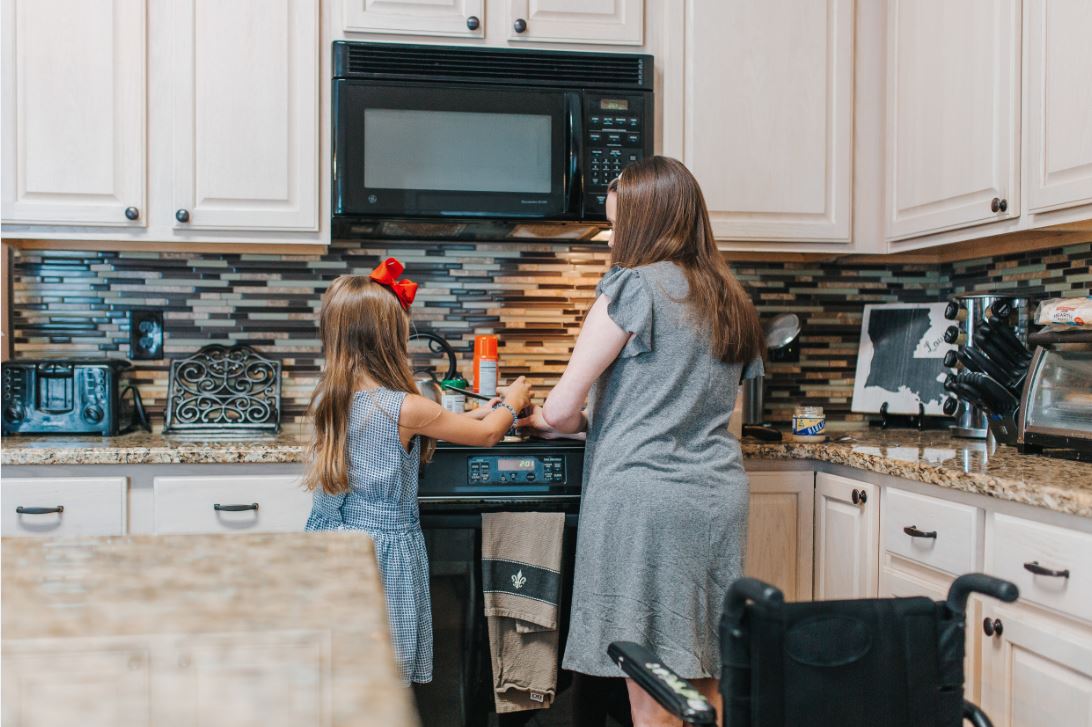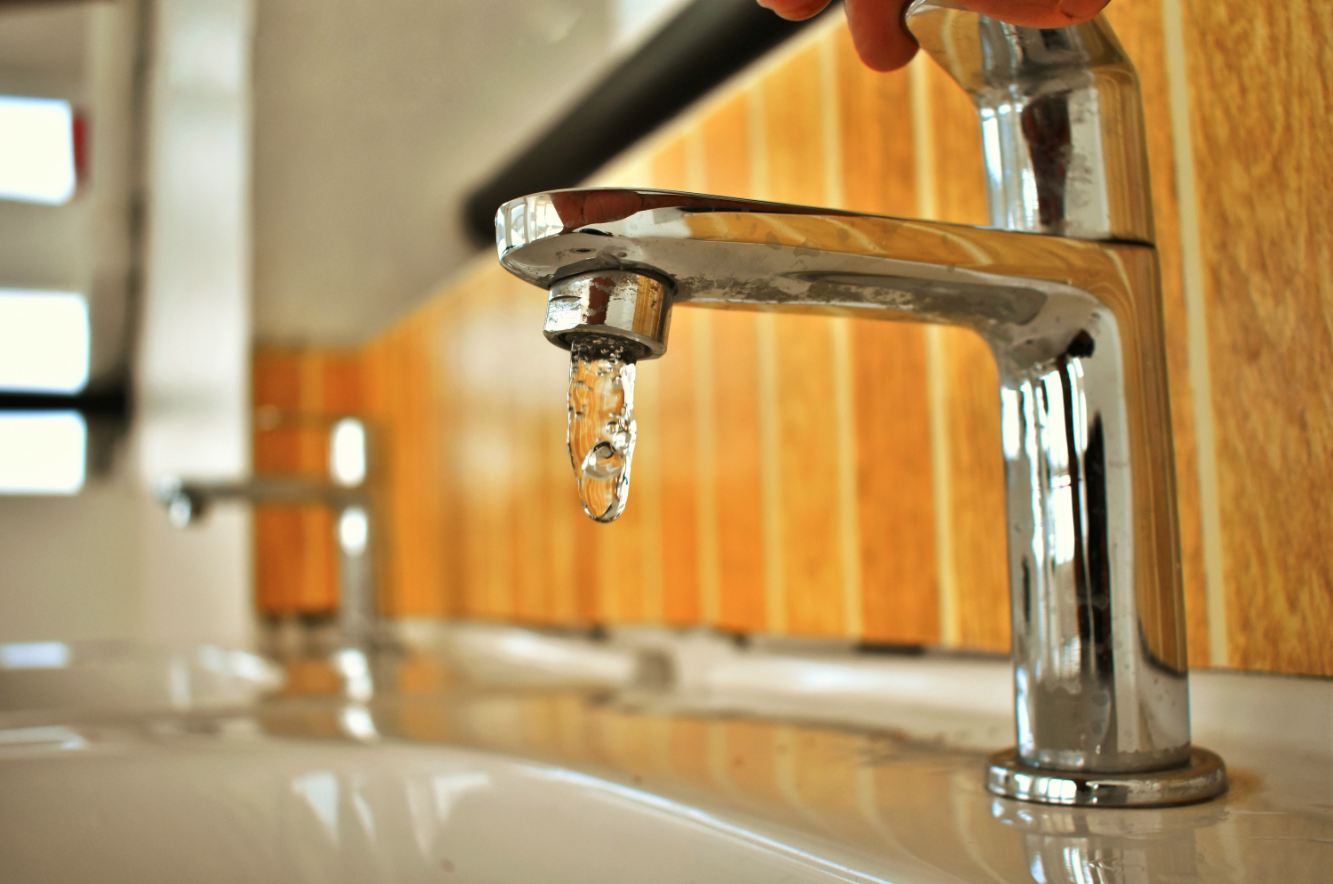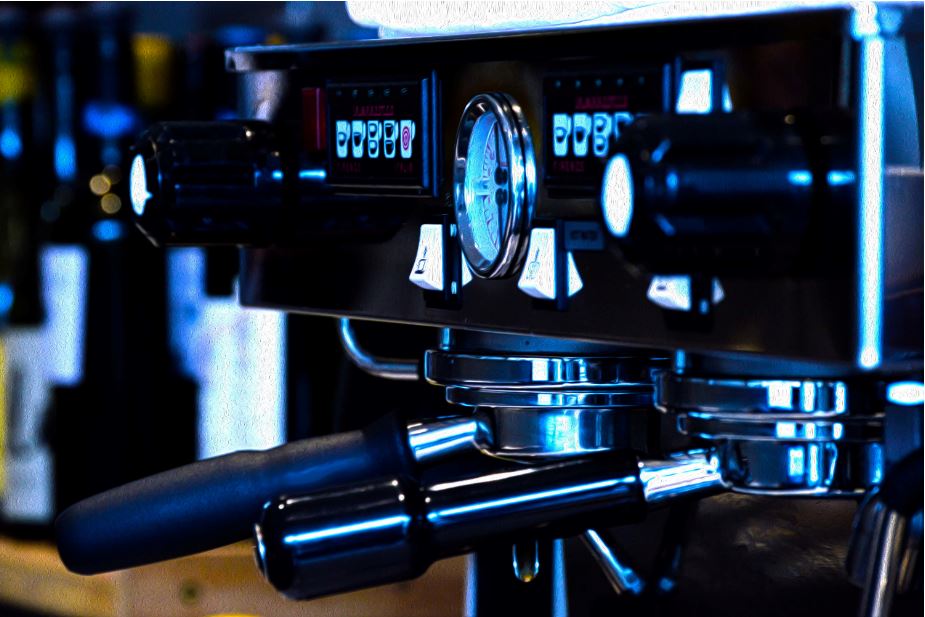
Easy Way to Install Over the Range Microwave (Ultimate Guide)
- Khadija Sheikh
- 0 Comment
- Kitchen Appliances, Ranges and Stove
- 10 minutes read
Installing an over-the-range microwave was never easier than this blog post. You may have a Frigidaire, GE, Kitchenaid, or Maytag over-the-range microwave. We will tell you a one-time solution that will help you install your brand new small or medium-size over-the-range microwave by Sears, LG, or Walmart.
Let’s Begin!
To install an over-the-range microwave, start by gathering tools like a power drill, screwdriver, and stud finder. Clear space above the stove and measure the area for fit. For accuracy, attach the mounting bracket to wall studs using a level. Lift the microwave into place with help, secure it to the bracket, and fasten it under the cabinet. Finally, connect the power and choose your venting option. There’s more to reflect on for a safe installation, so keep going!
Tools and Materials Needed for Installation
Installing an over-the-range microwave requires a few essential tools and materials to guarantee a smooth process.
You’ll need a power drill, screwdriver, level, and measuring tape. A stud finder is necessary to locate wall studs for secure mounting. A pencil will help you mark measurements accurately.
Additionally, gather safety goggles and a dust mask to protect yourself during installation. Don’t forget the installation manual that comes with your microwave, which contains vital instructions and specifications.
Having a helper on hand can make the job easier, especially when lifting and positioning the microwave. Get ready to start your project!
You would need a few tools to remove and install your range microwave.
- 3/8 and 3/8 Wood Drill Bits
- 1/2 and 3/16 Drill Bits
- Phillips Screwdriver
- Flathead Screwdriver
- Pencil Duct Tape
- Electric Drill
- Stud Finder
- Tin Snippers
- Pencil
The first step in installing an over-the-range microwave is to measure the cabinet opening. The minimum allowable clearance between the cabinets is 30 inches, and the minimum distance from the cooking surface to the bottom of the cabinet is also 30 inches.
Preparing Your Space for the Microwave – Before You Go Ahead
Before you get into the installation process, it’s essential to prepare your space for the microwave. First, clear the area above your stove, removing any items that might obstruct the installation.
Next, measure the height and width of the space to guarantee the microwave fits properly. Check the electrical outlet and make sure it’s accessible, as well as the ventilation setup, if applicable.
Finally, verify that your kitchen wall can support the microwave’s weight. Taking these steps will help streamline your installation and guarantee a seamless fit in your kitchen.
NOTE: A grounded 120V-60Hz wall outlet with a 15 or 20A pre-circuit must be available inside the upper cabinet.
Roof-Vented Vs Wall-Vented
Over the range, a microwave oven is set for roof venting by default. You can also set it to vent through the rear wall or to recirculate back into the room.
Over the range, the microwave comes with the rectangular exhaust adaptor for roof vent setup only. You would need to install it on the microwave for your ducts to fit.
Other duct pieces are not included in your oven. You have to purchase them separately. Check out the recommended ones here.
Mounting the Microwave Bracket
With your space cleared and measurements taken, you can now focus on mounting the microwave bracket.
Start by locating the studs in your wall; you’ll need them for a secure fit. Use a level to guarantee the bracket sits straight, then mark the mounting holes with a pencil.
Drill pilot holes where you’ve marked, confirming you’ve got the right depth. Attach the bracket to the wall using the screws provided, making sure it’s snug and secure.
Double-check that everything aligns before proceeding. This step is vital for a stable installation, so take your time to ensure it’s done correctly.
HOW TO INSTALL OVER-THE-RANGE MICROWAVE – METHOD1
First, the box has a cut line all around the bottom. Just take a utility knife and cut through the cardboard. This allows you to open the box easily. I am going to tell you both how to remove an existing microwave and how to set up a new one.
REMOVING OVER THE RANGE MICROWAVE
- While removing the old microwave, you can protect the oven with the styrofoam that came in the new box or throw it down with a drop cloth.
- In the new microwave, the mounting plate that’s going to hold it to the wall is already on the back of the microwave.
- You are going to remove two screws that hold it in place to remove it set the microwave on the second piece of styrofoam that’s in the box.
INSTALLING MICROWAVE ABOVE STOVE
If the new mounting plate doesn’t match the old one. Then you have to remove the old one. The mounting plate needs to be secured to at least one stud.
So, use a stud finder to locate your studs. In this case, it’s going to be easy because you are replacing a very similar unit.
But if you are going to push the mounting frame up against the bottom of the cabinet, then you will mark holes A and B.
If it’s over a stud, you have to use the wood screws they provide. if not, they include toggle bolts, and then you have a variety of other options. You are going to add two more screws making sure one is in a stud.
Now, you are going to check the level. If it is not, you’ll have to adjust the mounting plate.
It’s either going to be vented up through the cabinet or out through the back. In this case, it’s being vented out of the back.
If it is already set up to be vented out the top, you are going to have to change this to vent out the back. Flip that blower around, and first, you have to remove that plate. In order to do so, you are going to remove those three screws.
Now, just the plate pulls straight back and lifts out. There must be one or two screws on the back that hold the blower in place.
Now, just take the blower out and rotate it so that the opening faces towards the back. Meanwhile, make sure your wires are tucked in this channel to hold them in place.
Now go ahead and snip out the covers on the back in four spots. Replace the vent cover and put it right back on the top, and install it with a couple of screws.
There must be damper slides into a couple of slots. Ensure the hinge is up.
In the final phase, you are going to mount your mounting plate and pre-drill a hole for your wood. Because they have wood blocks, then, you are going to create a hole about half the size of your wood screws.
Now use a level of double-checking this before you screw it in place.
It is going to be held in place on the bottom with that mounting plate and on top. You have to have to drill three holes in the upper cabinet to put your screws through.
They provide a template to bear if you are having trouble holding it in place and the tape isn’t sticking.
You are going to have to drill an opening for the cord if there’s no one there already.
Bear in mind, when you’re putting the machine in place you need to catch your microwave’s openings on the bottom edge of the mounting plate.
And now, push it up so that you can put the screws into the top. Now it is connected to the mounting plate; you’ll push it up and connect your screws on top.
In the end, you’re just going to put your three screws in from the top when you connect your electricity.
That’s it. Now, you can remove all of the protective coatings from your new microwave.
Installing the Microwave – METHOD2
Once you’ve secured the bracket, it’s time to lift the microwave into place. Grab a helper to make this easier.
Align the microwave with the bracket, ensuring the mounting holes match. As you lift, tilt the back slightly upward to fit it onto the bracket.
Once it’s resting securely, push it back against the wall. Use screws to fasten the microwave to the underside of the cabinet, ensuring it’s stable.
Double-check that it’s level by using a level tool. If everything looks good, you’re one step closer to enjoying your new appliance!
Connecting the Power and Venting Options
After you’ve secured the microwave in place, the next step is to connect the power and choose your venting options.
First, locate the power cord and plug it into a nearby outlet. Confirm the outlet is properly grounded to avoid electrical issues.
You can select between recirculating and external venting for your venting. If you choose recirculating, install a charcoal filter; if external, connect the duct to your home’s ventilation system.
Follow the manufacturer’s guidelines for installation specifics.
Once done, test the microwave by turning it on to confirm it operates smoothly and effectively ventilates your kitchen.
IMPORTANT NOTE
- It is recommended that you clean grease trap filters after prolonged use of your microwave oven.
- It is needed for optimum performance by soaking them in warm, soapy water following rinsing.
- Do not forget to completely dry them before re-installing them back.
Frequently Asked Questions
Can I install an over-the-range microwave myself?
Yes, you can install an over-the-range microwave by yourself if you have basic tools and follow the instructions carefully.
Just make sure you’re comfortable with electrical connections and mounting it securely to the wall.
What if My Kitchen Doesn’t Have a Venting Option?
If your kitchen doesn’t have a venting option, you can use a recirculating kit instead.
It filters and recirculates the air back into your kitchen, ensuring proper ventilation without needing an external vent.
How Much Space Should I Leave Above the Microwave?
You should leave about 30 inches of clearance above the microwave for proper ventilation and to guarantee ease of use.
This space allows for safe operation and accommodates cabinet height, making your kitchen more functional.
Are There Specific Weight Limits for Over-The-Range Microwaves?
Yes, over-the-range microwaves typically have weight limits ranging from 100 to 150 pounds, depending on the model.
You should always check the manufacturer’s specifications to guarantee your installation meets safety and performance requirements.
What Safety Precautions Should I Consider During Installation?
When installing, be certain you wear safety goggles and gloves.
Securely mount the microwave, checking for stability.
Keep the area clear of hazards, and follow the manufacturer’s instructions to avoid electrical or mechanical issues during installation.
Conclusion
Now that you’ve successfully installed your over-the-range microwave take a moment to admire your work! You’ve transformed your kitchen with added convenience and style. Remember to double-check all connections and ensure proper ventilation. If you encounter any issues, consult the manufacturer’s manual for troubleshooting tips. Enjoy your newly installed microwave as it saves space and enhances your cooking experience. Happy cooking!
Khadija Sheikh
Meet Khadija Sheikh, an avid kitchen specialist with a passion for exploring innovative kitchen gadgets, cooking tools, and remodeling tips. Her culinary journey is an artistry of flavors, where she uniquely combines her love for kitchen intricacies with a special focus on crafting meticulous step-by-step recipes. As a dedicated writer, Khadija not only unveils the secrets behind delightful dishes but also transforms kitchens into creative spaces. Join her a flavorful adventure, where every recipe becomes a narrative, and every kitchen tool tells a story.

